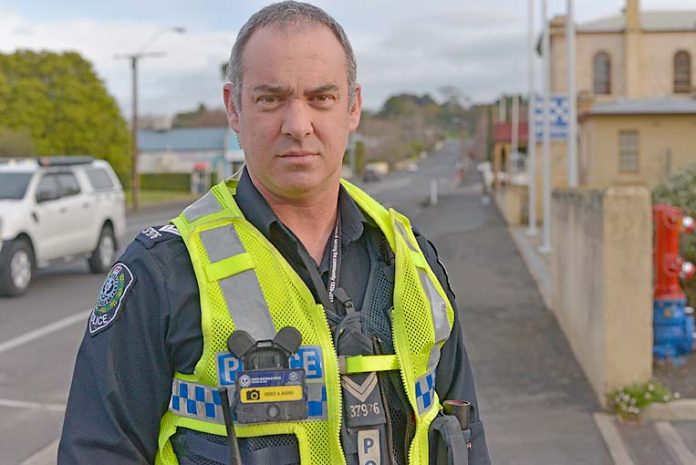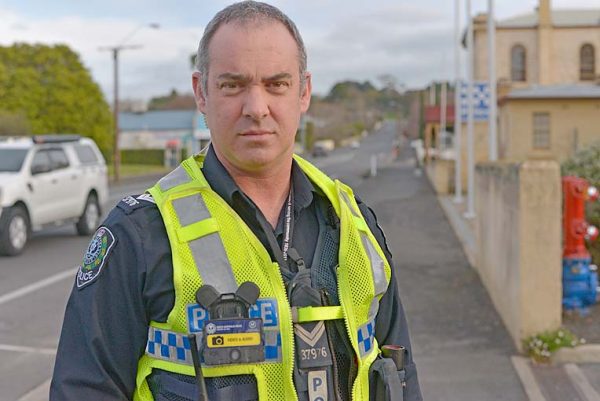

IN THE age of advancing technology, the Limestone Coast’s highest ranking police officer says video footage forms an integral part of police operations when investigating reports of crime.
Whether it be a video on a member of the public’s hand-held device, a security camera on the corner of a street or a dash cam in a passing car, police want the footage.
Local service area officer in charge Superintendent Phil Hoff said recording devices had become a useful tool in police investigations.
“It comes back to that old adage, ‘a picture paints a thousand words,'” Supt Hoff said.
“Recording devices have come very useful for us because it enhances our ability to identify a person of interest in an investigation.”
Supt Hoff said police almost always asked people to review security camera footage when calling on the public to help with an investigation.
“Seeking to find out how an event has been captured is always something we will look at,” he said.
“In the Limestone Coast there are a number of security camera sites, which can be quite useful when putting together the movements of a suspect.
“It also helps us in supporting a victim’s account of what happened.”
While he said police had used technology for some time, he expected it to play an even larger role in police operations in the future.
“It is a sign of the times, the reality is that almost everyone carries a recording device with them – that being their mobile phones,” Supt Hoff said.
“When an incident of high interest occurs, naturally people tend to film and that footage can become very valuable to us.”
He said one of the challenges was getting people to come forward to police with the footage – and any other information.
“If someone has any information about an investigation regardless of whether it is an eye-witness account or video footage, they should be prepared and are encouraged to provide that information to us,” Supt Hoff said.
“That way we can determine if the evidence is admissible.”
In addition to using the community’s video footage, Limestone Coast Police have recently started wearing body-worn camera units, giving investigators a full picture of every interaction police officers have with the public.
“The policy position is that when police have an interaction with members of the public the camera is turned on,” Limestone Coast Operations Inspector Campbell Hill said.
“It is designed to capture those interactions, no matter the context and then if it is needed later for evidence or if there is a complaint made about the officer, then it is a tool we have at our disposal.”
New laws came into affect over the weekend, which allow police “bodycam” video to be admitted to court as the evidence of domestic violence victims.
This may result in victims not needing to give further evidence in court, although they will still need to be available for cross-examinations where required.





